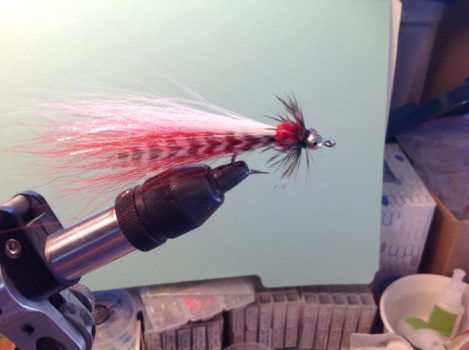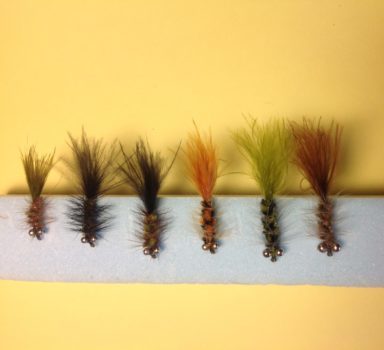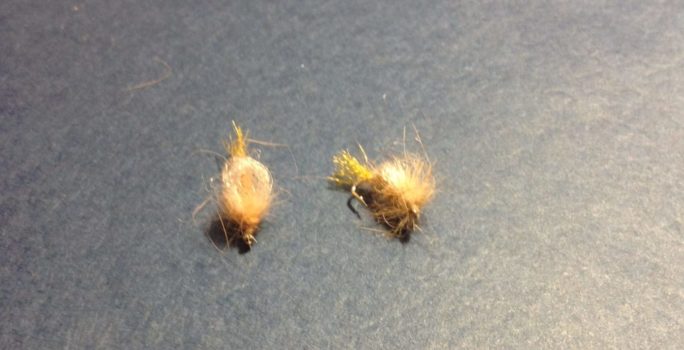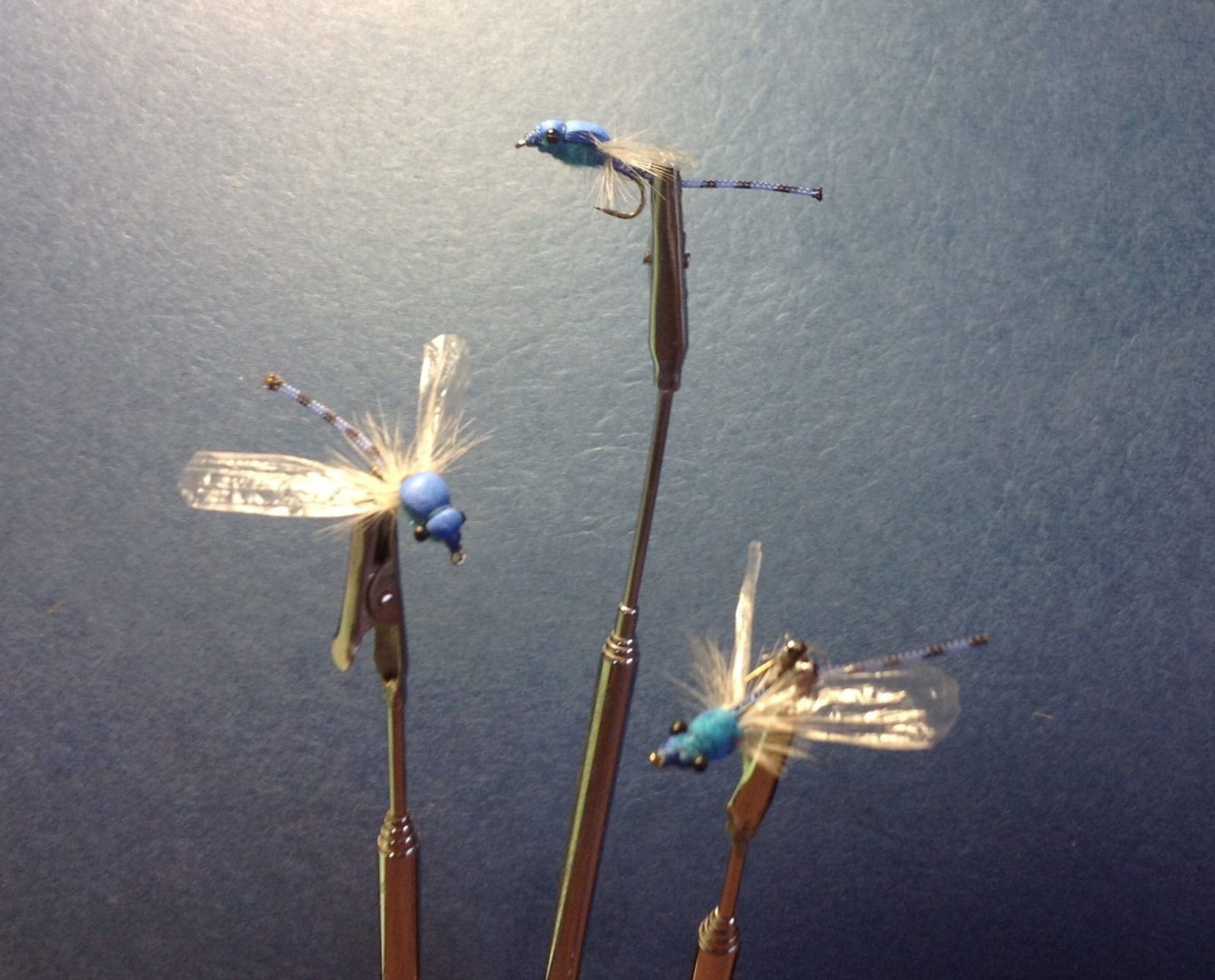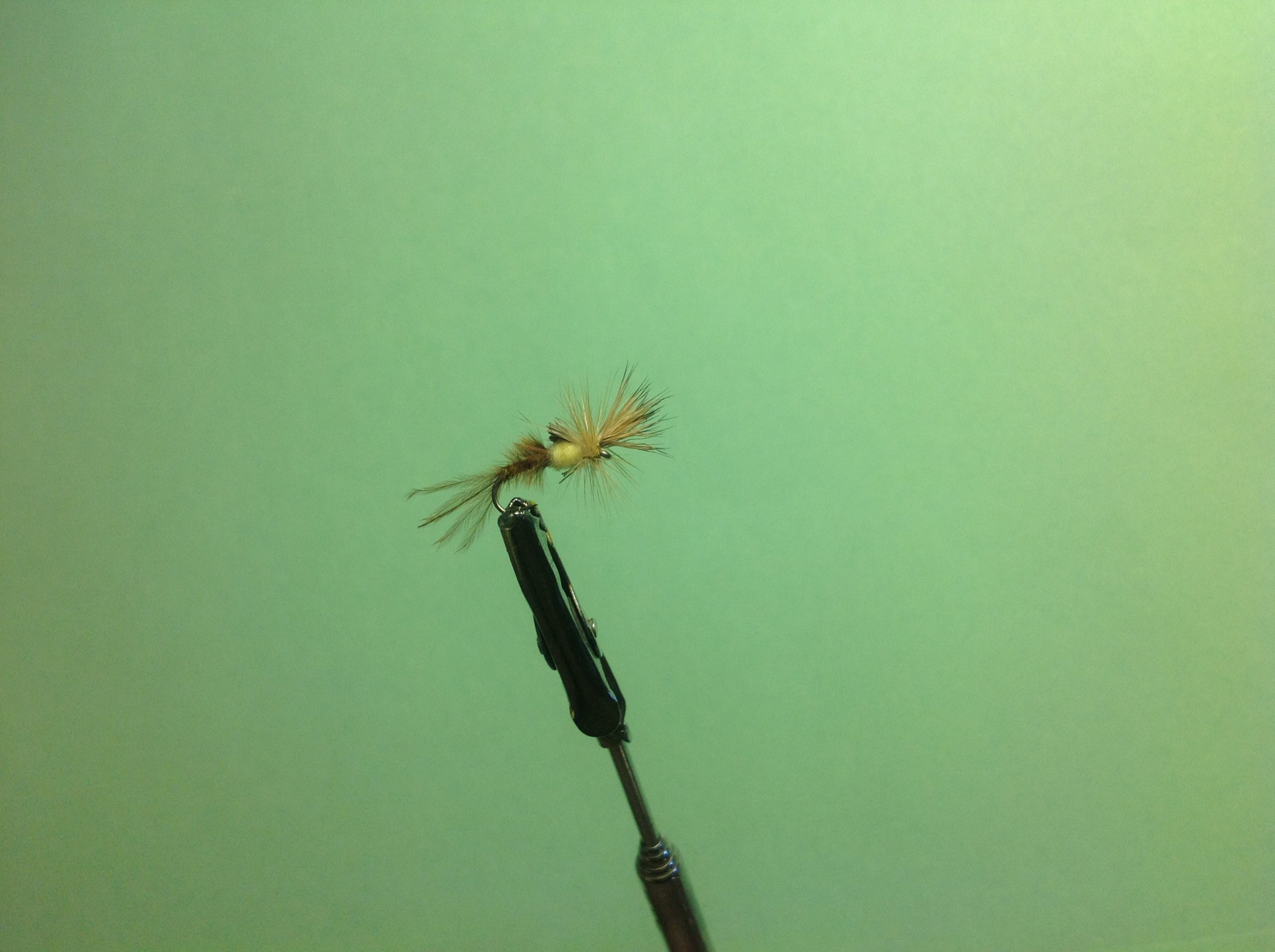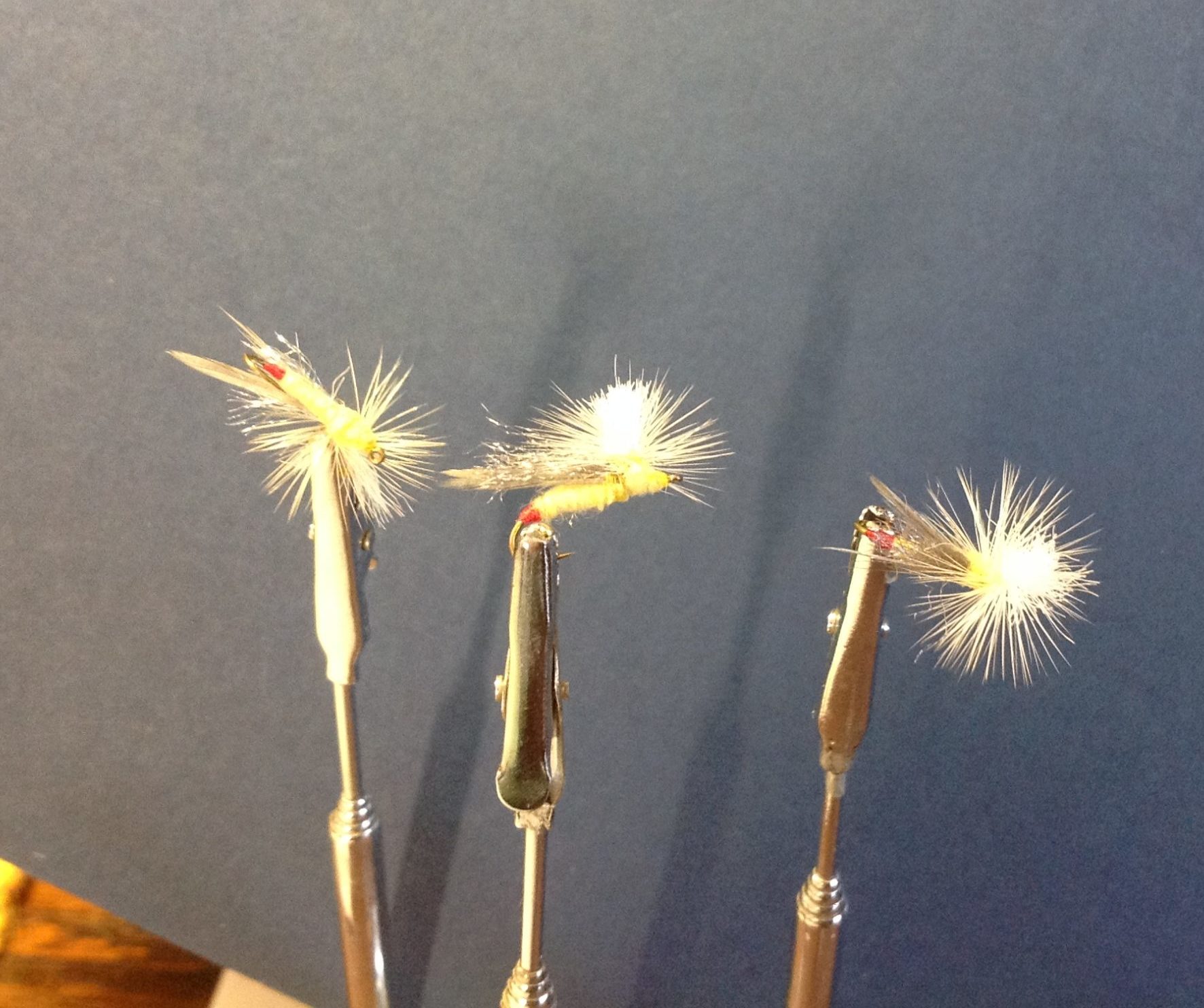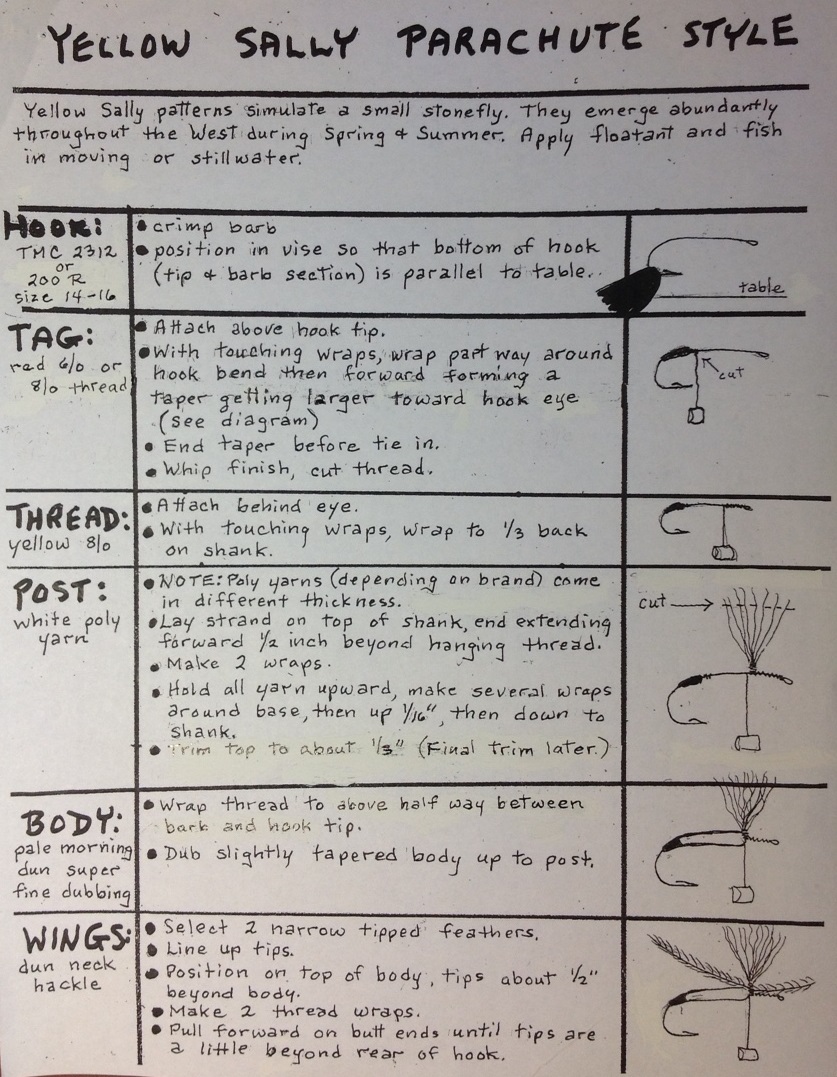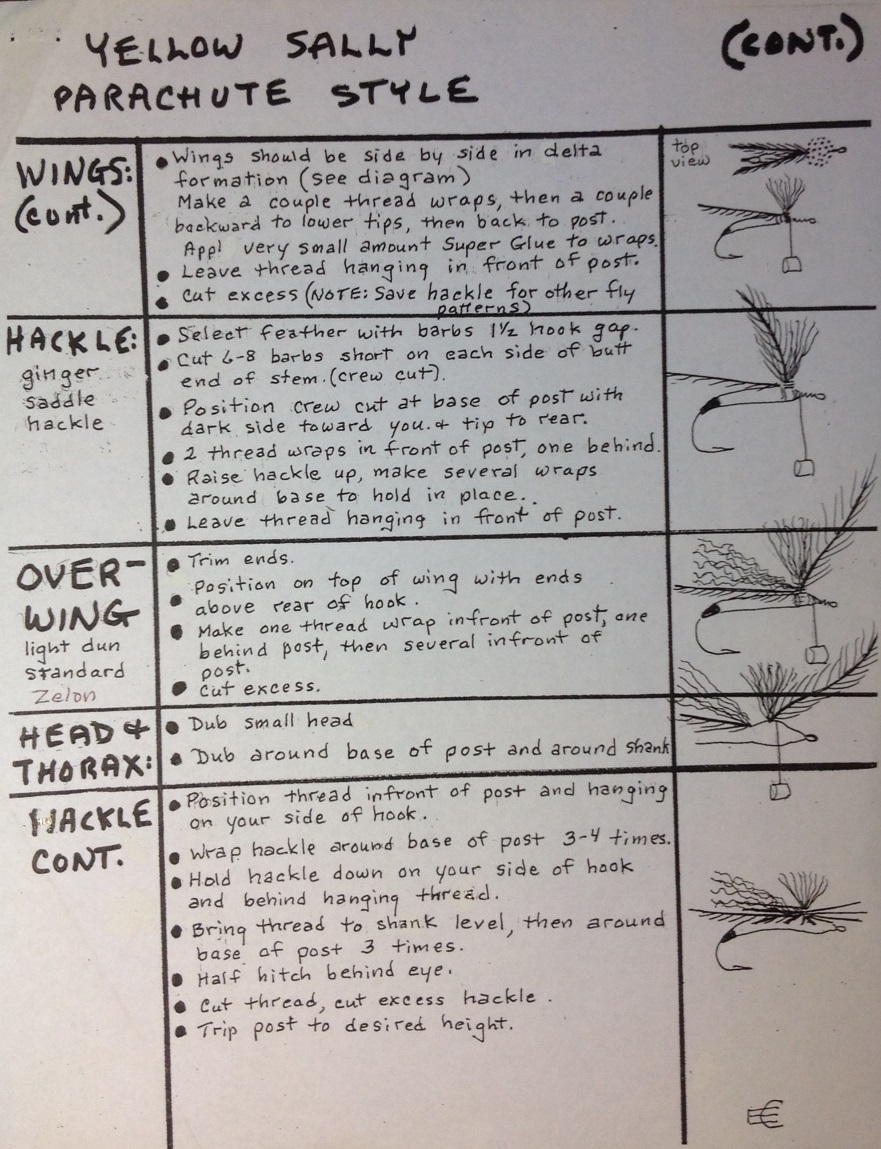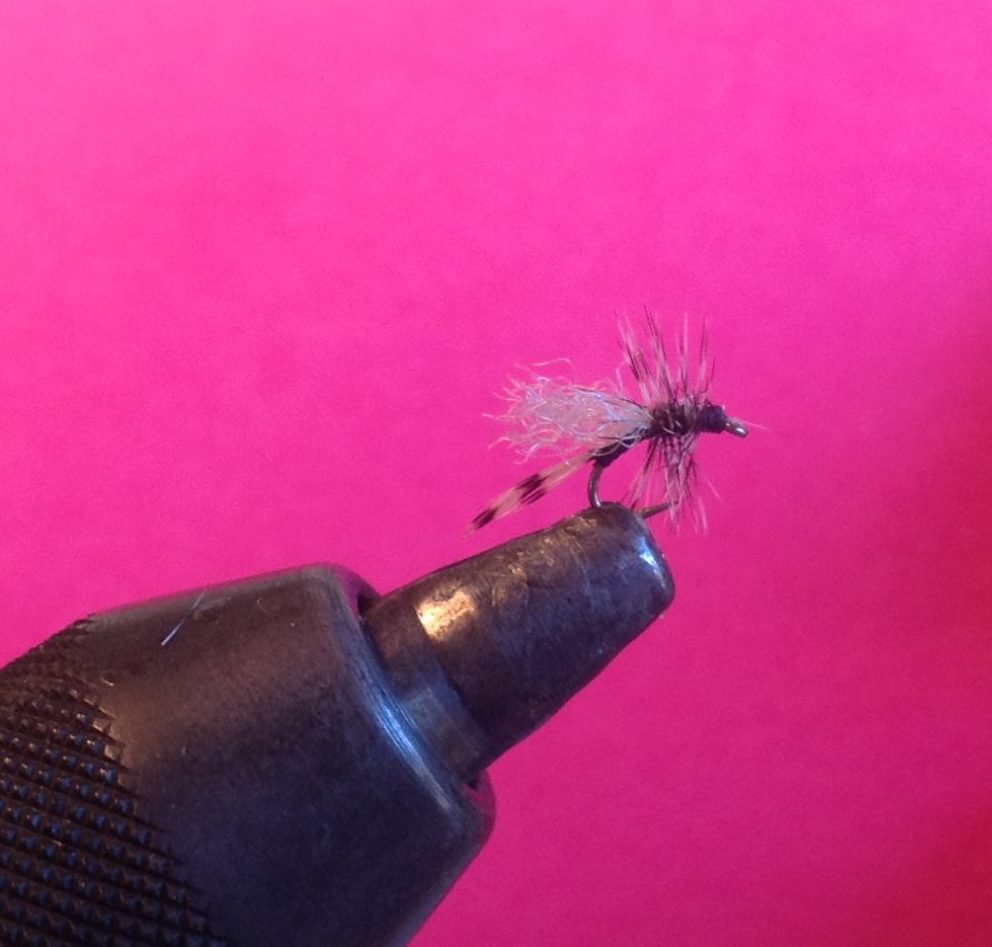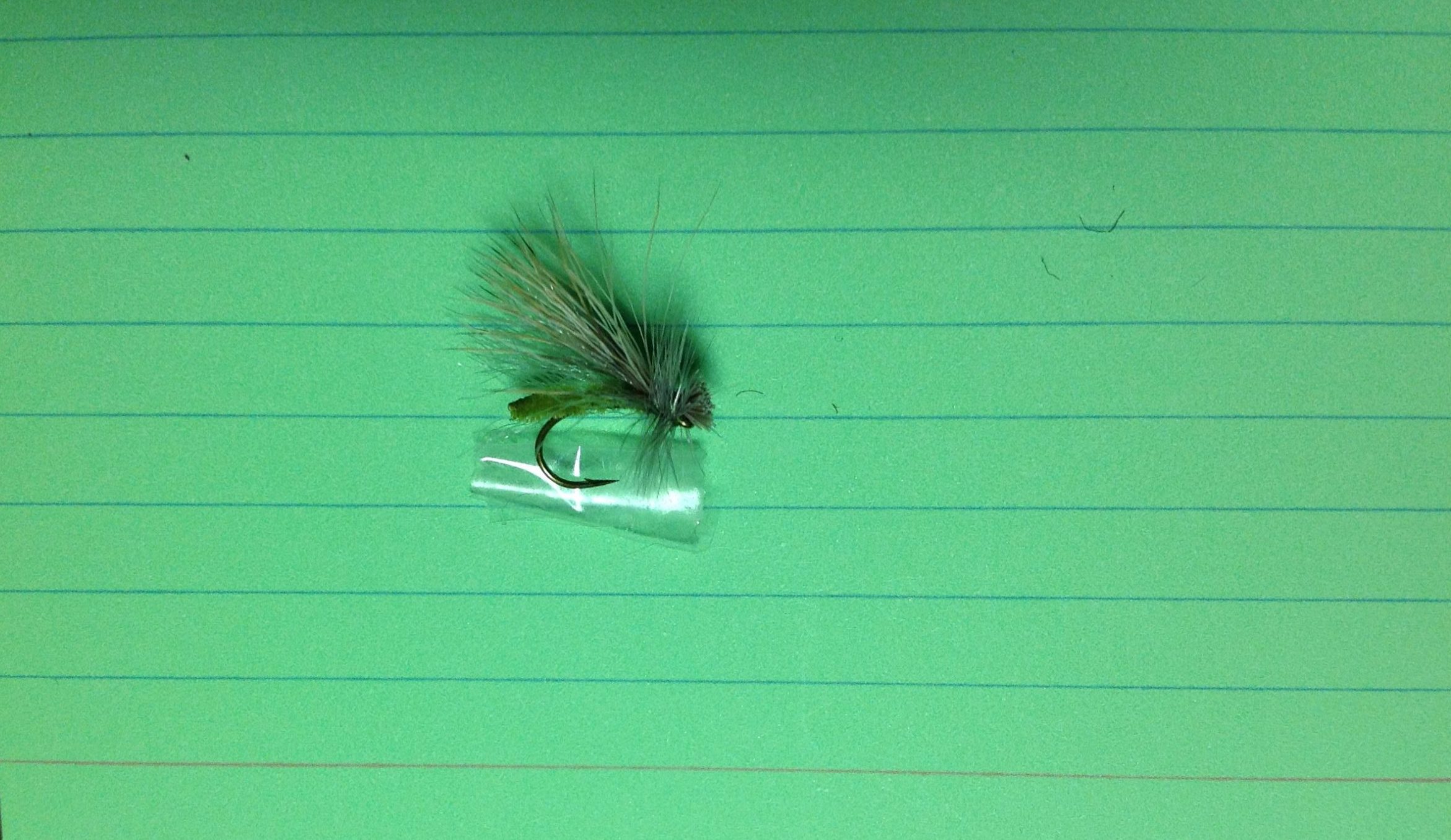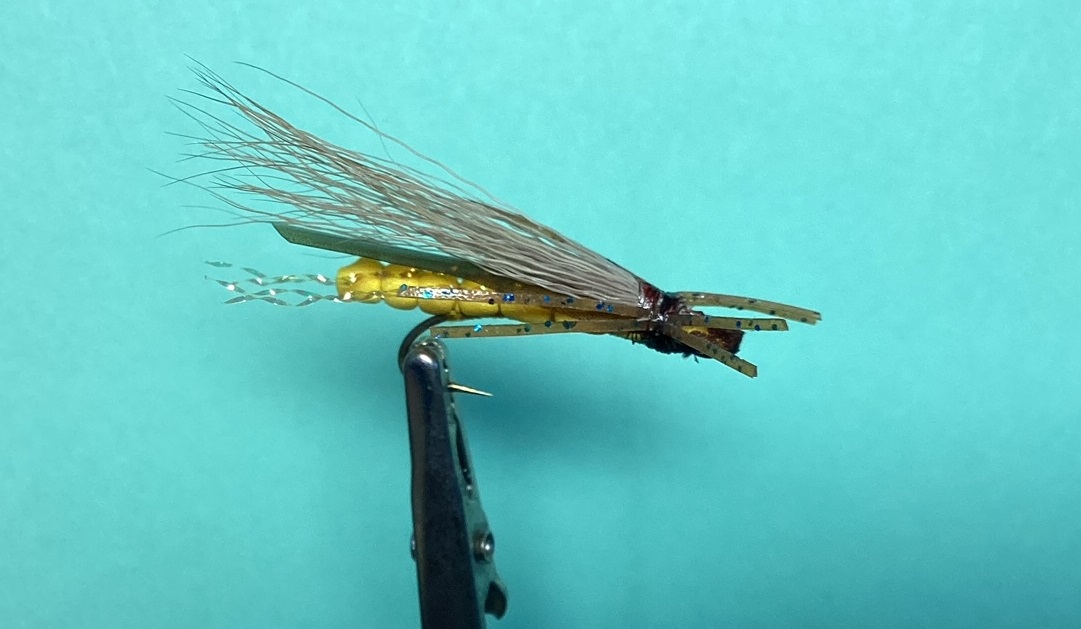
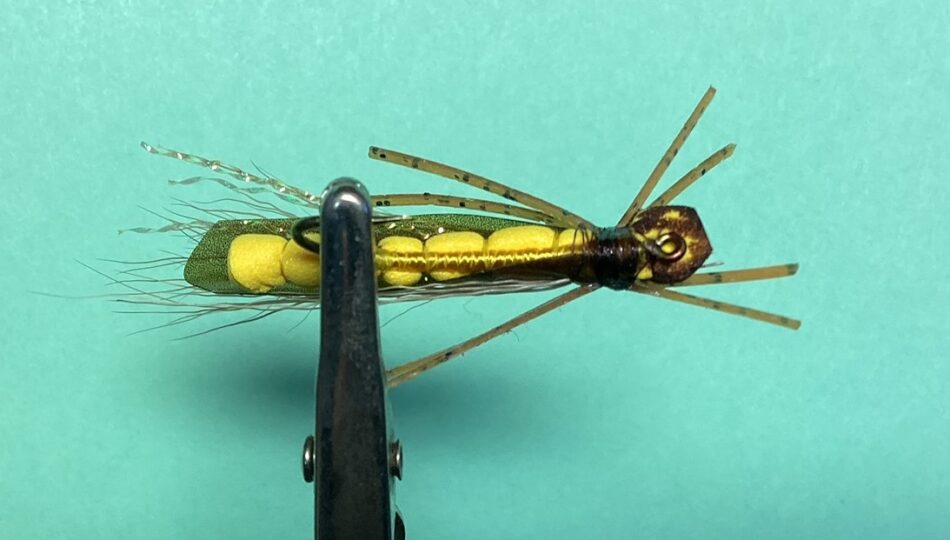
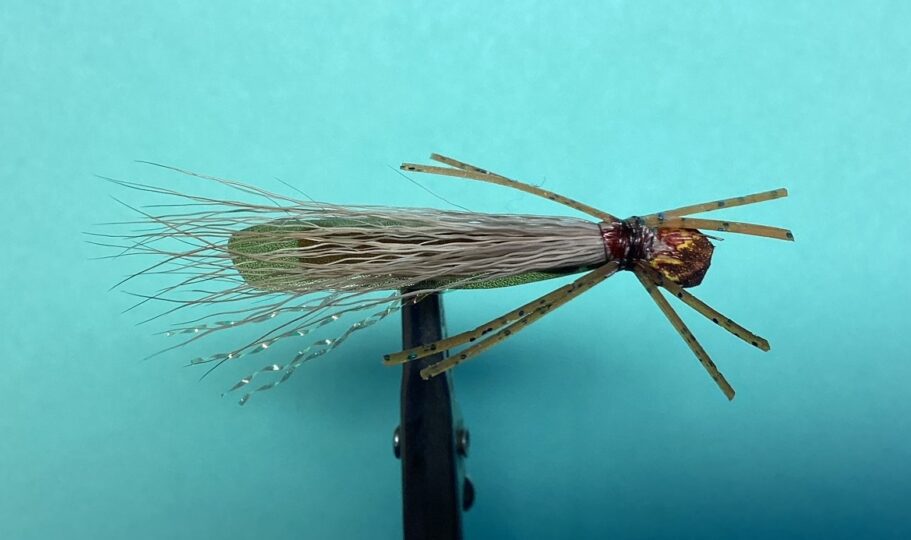
Stoneflies emerge from rivers or streams by crawling across the bottom and out onto structure. Then break out of their nymphal shuck into an adult and fly around to find a mate. They usually emerge at lower elevations first starting in late June or early July, then at higher elevations slightly later. They are awkward flyers and often end up in the water providing a large amount of protein for trout.
1. HOOK: TMC 200R , yellow floss
Crimp barb.
Attach floss behind eye, touching wraps to rear of shank, then forward to near hook eye, tie off behind eye. Apply small amount glue to tie off.
2. BODY: yellow 8/0 thread, 2 mm thick yellow foam, hat pin
Cut foam strip 1/4 inch wide. Round end.
Place hat pin in vise point forward.
Attach thread in center of hat pin.
Place foam on top with rounded end 1/8 inch beyond hanging thread.
While squeezing foam around hat pin make several snug thread wraps. Lift foam, make one thread wrap forward 1/8 inch, squeeze foam down again around hat pin and repeat process forward until there are 7 segments. Whip finish around foam and hook.Cut thread. Pull foam off hat pin. Form rounded head with remaining foam( see diagram ).
Attached thread to rear of shank.
Put foam body on top of shank with three sections extending to the rear and cut edges on top. Tie in place. Lift body. Advance. Lift body. Advance thread forward to next segment, tie in place. Then repeat process up to head.
Tie off under head.
Cut thread.
3. THREAD: Brown 8/0.
Attached behind head.
4. FLASH: yellow Krystal Flash
Using one strand, cut in half, tie center on top of body with 2 wraps.
Fold to rear, tie down back to center of last segment. Cut 1/4 inch beyond body.
5. WING: olive/brown, cream, clear, or yellow Thin Skin.
Advanced thread to just behind head.
Cut strip 1/4” wide and 2 inches long. Round one end.
Place on top of body rounded and 1/8 inch beyond rear body.
Tie in place back to middle of segment. Cut excess. Tie down stub.
6. OVER WING: Elk hairs from abdomen which have fine shafts
Clean out under hair stack tips.
Position on top of body, tips extending to end of crystal flesh.
Tie in place, first wrap of thread around only hair,then around both hair and body. Several wraps backward to center of segment.
Cut but ends short. Return bed thread to behind head.
7. LEGS: Crazy Legs- Golden brown,clear, or cream, with speckles or not
Using one strand, cut in half, then in half again.
Tie center of two segments on far side, then two segments on your side.
Tie off under head. Cut thread.
8. FINISHING TOUCHES:
Using brown Sharpie marking pen color head.
Apply glue to neck area top and bottom.
Posted on February 24th, 2023
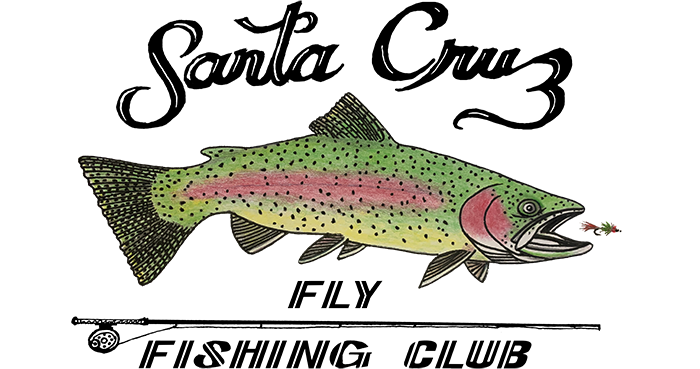
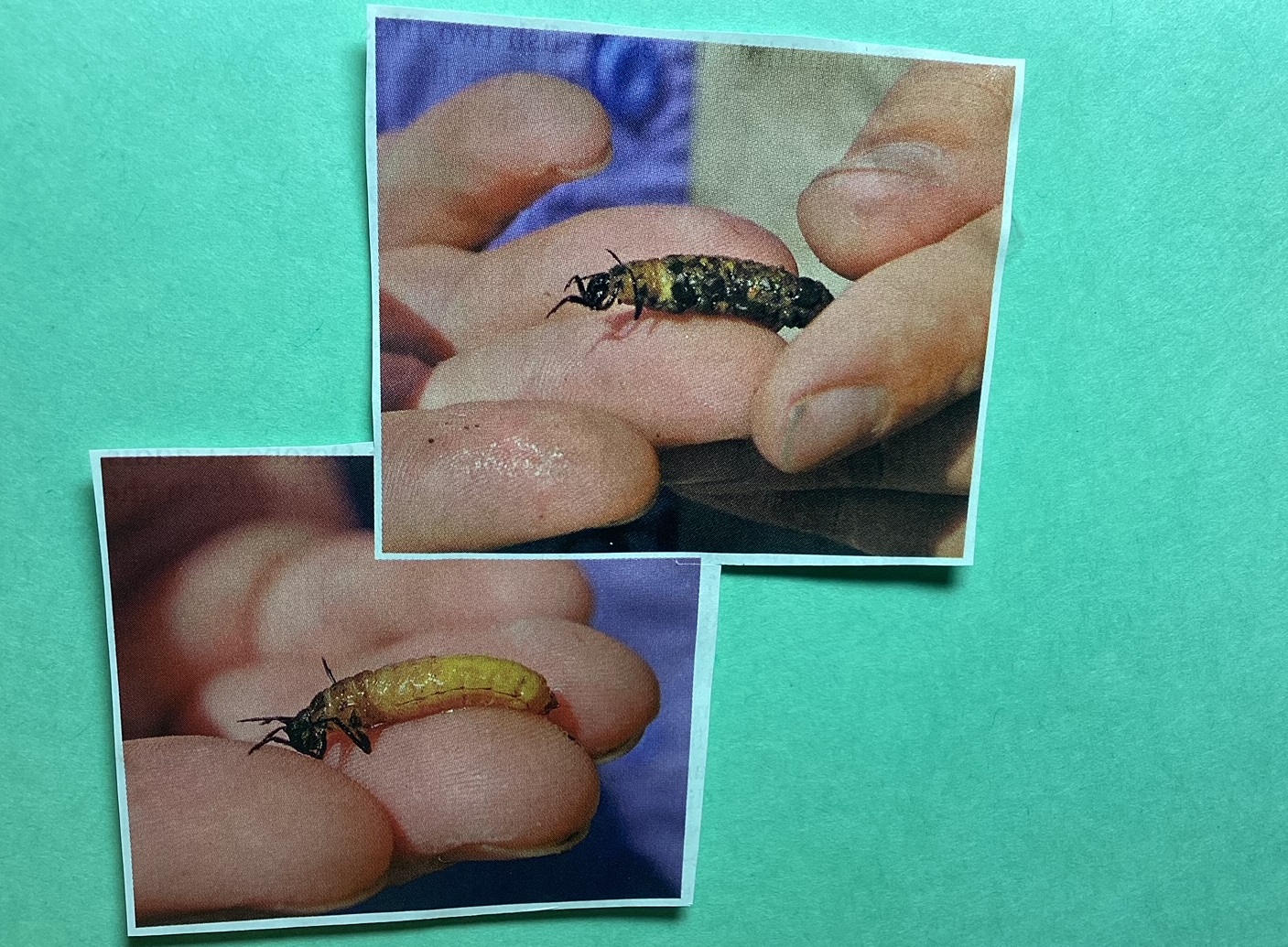
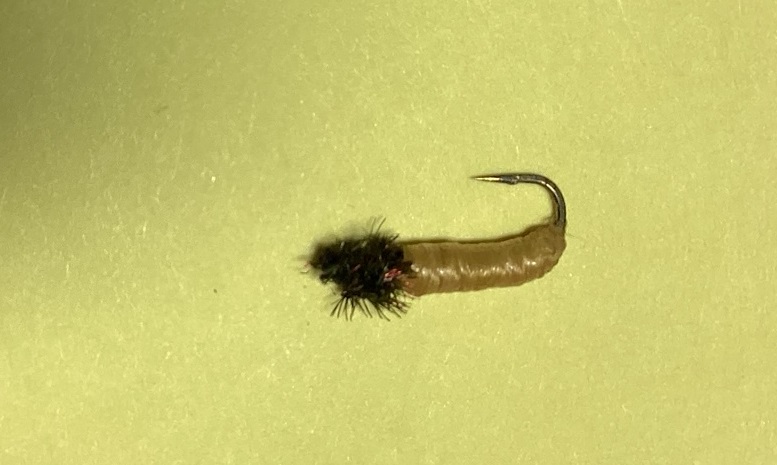

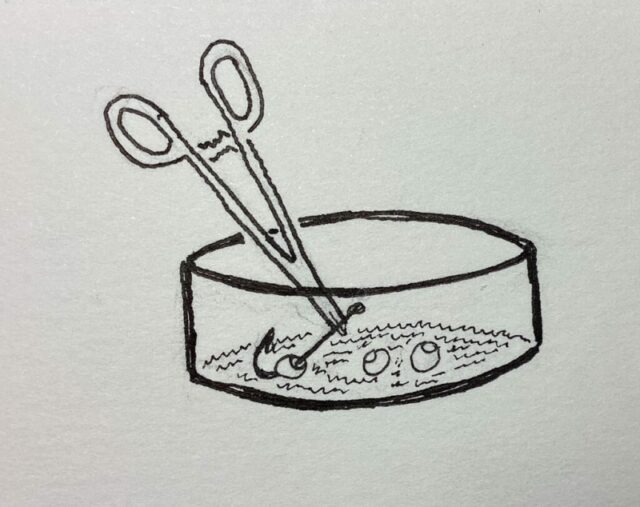
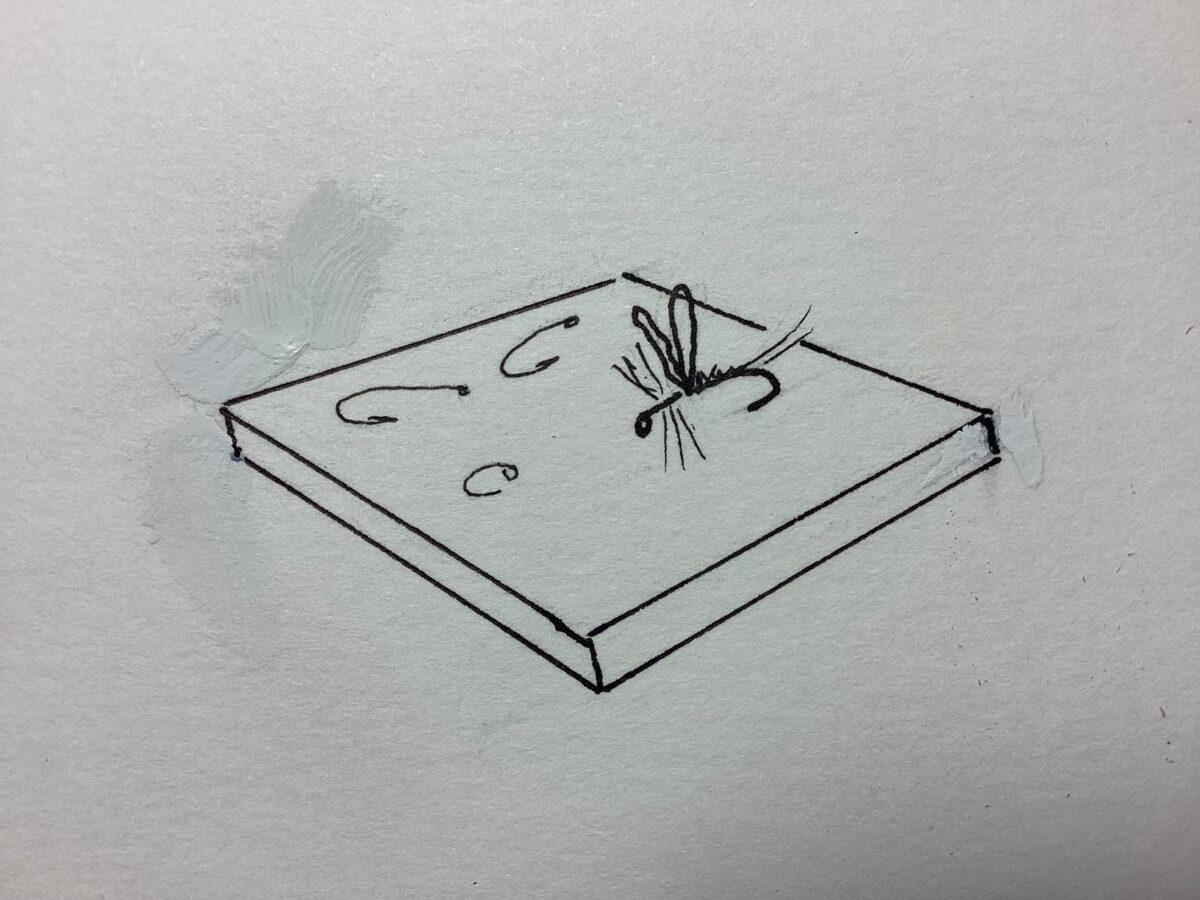

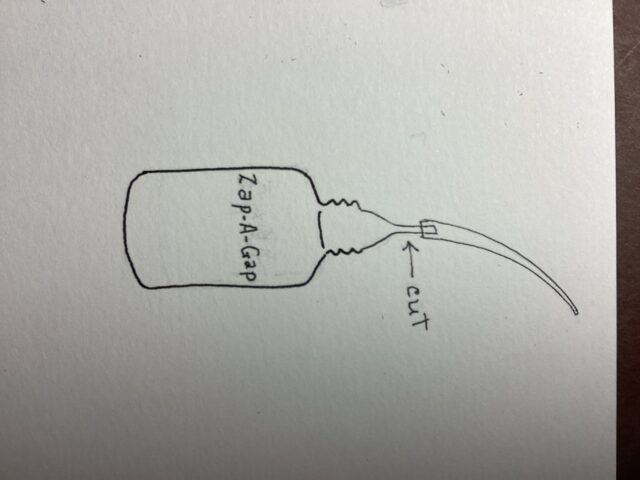
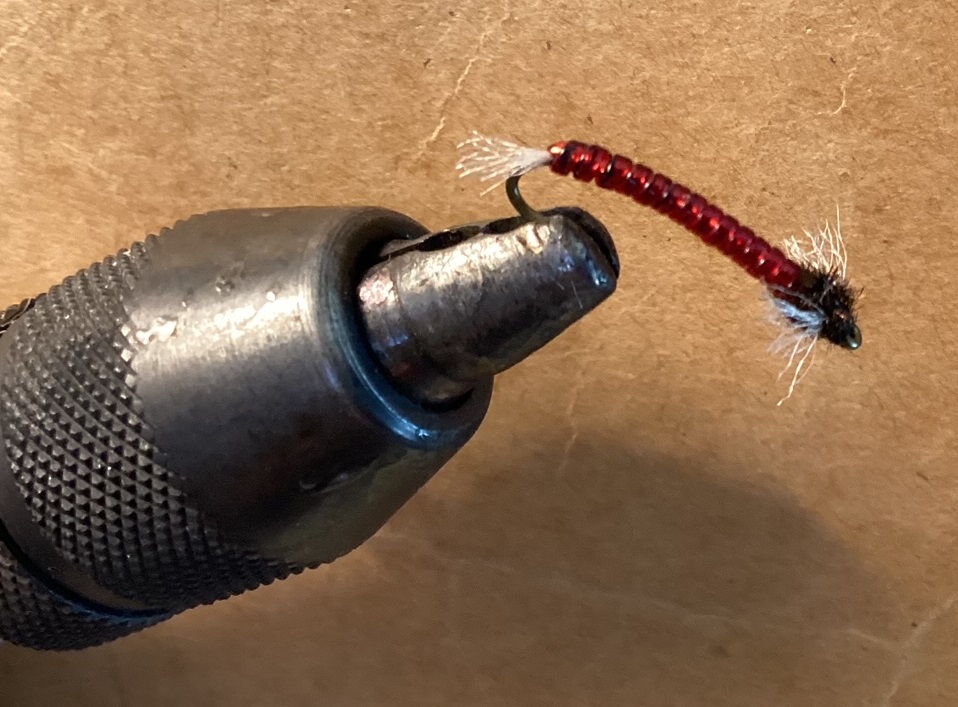
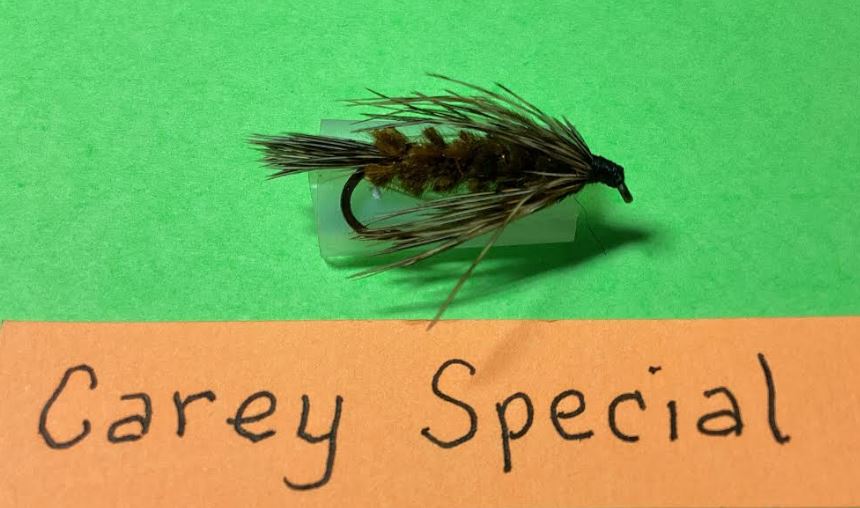
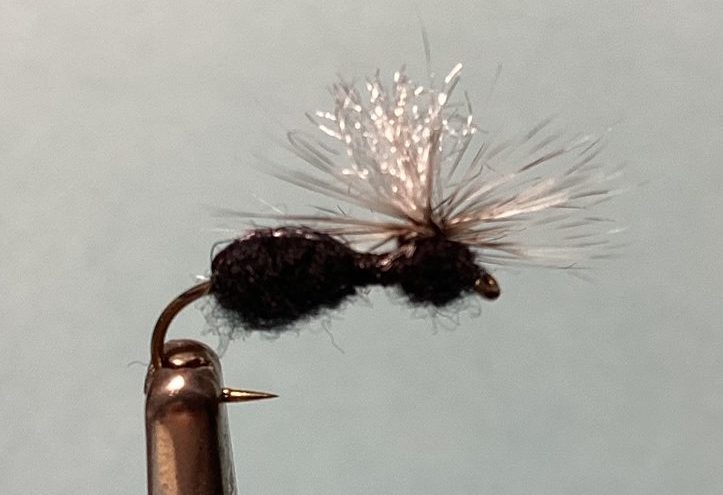
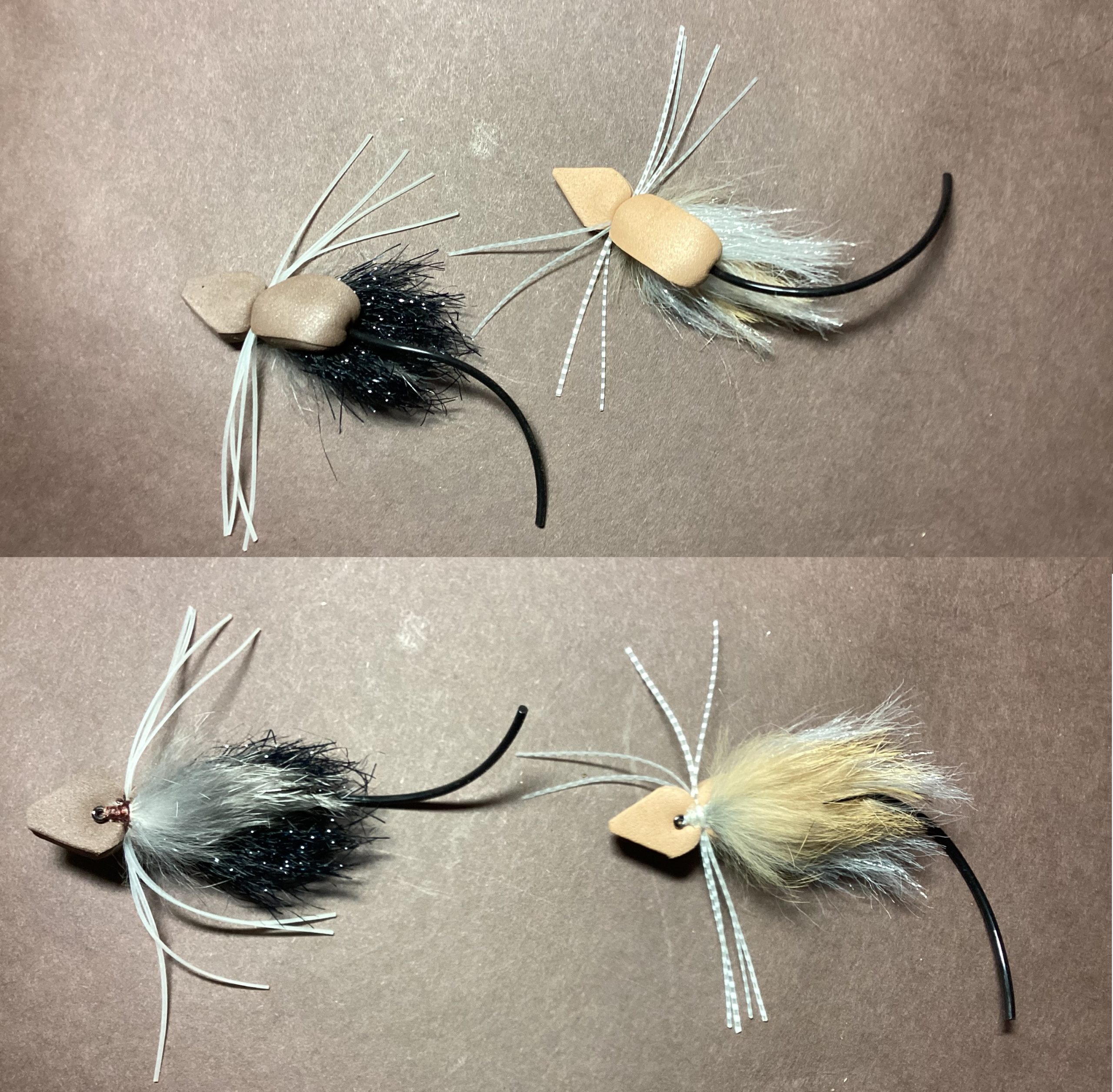
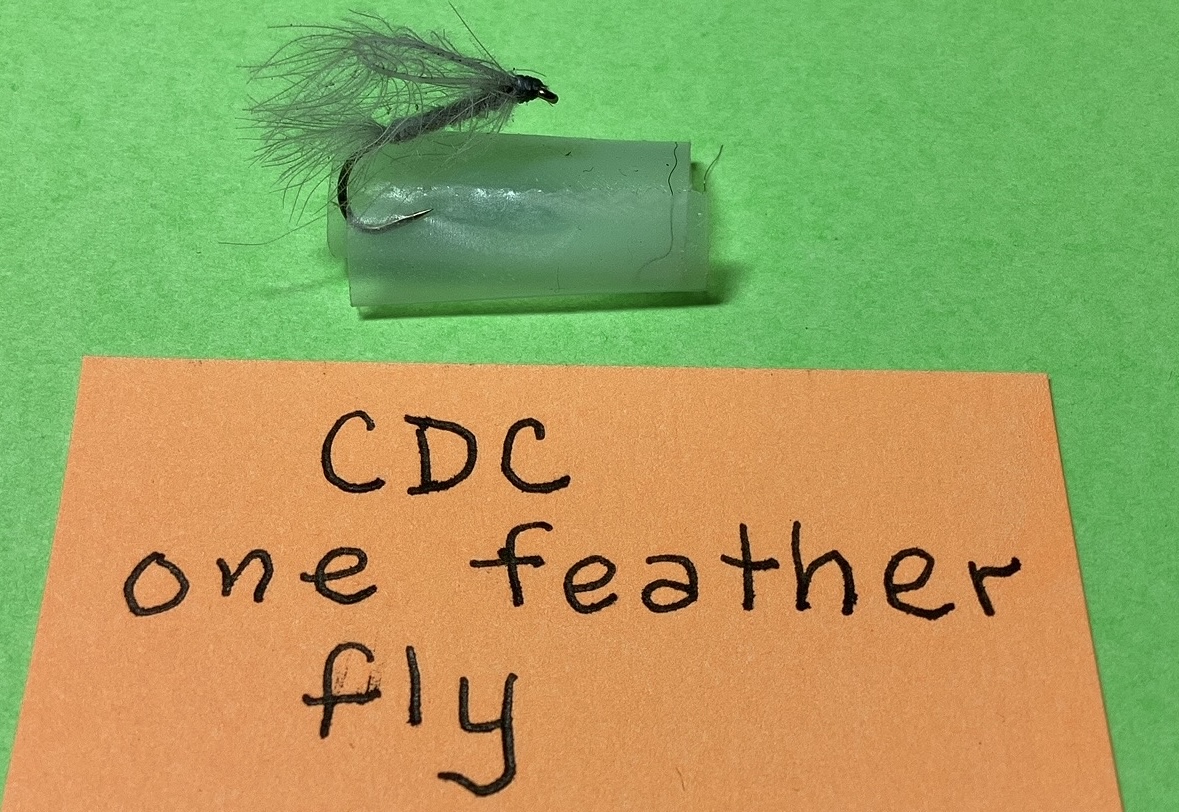
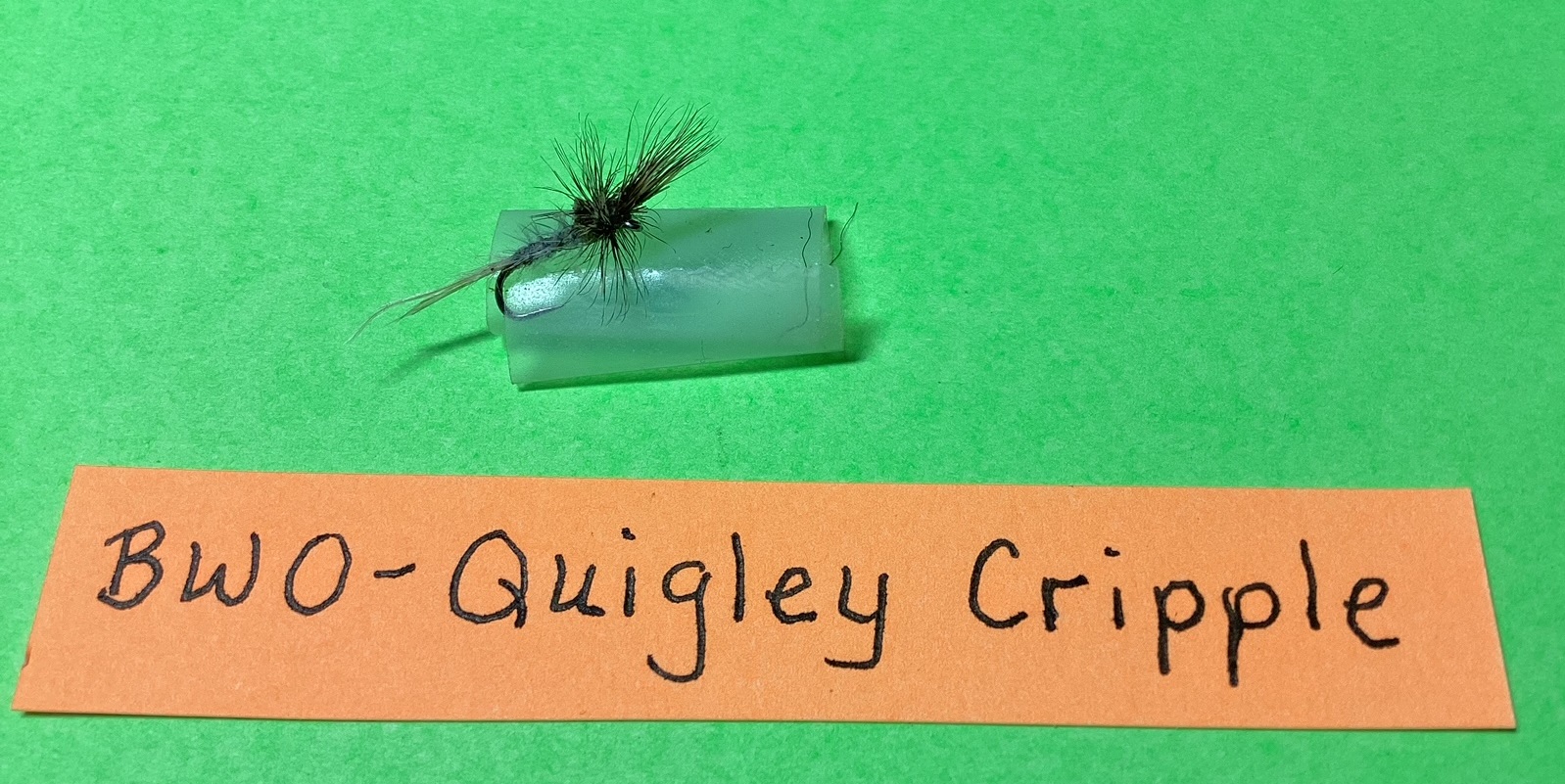
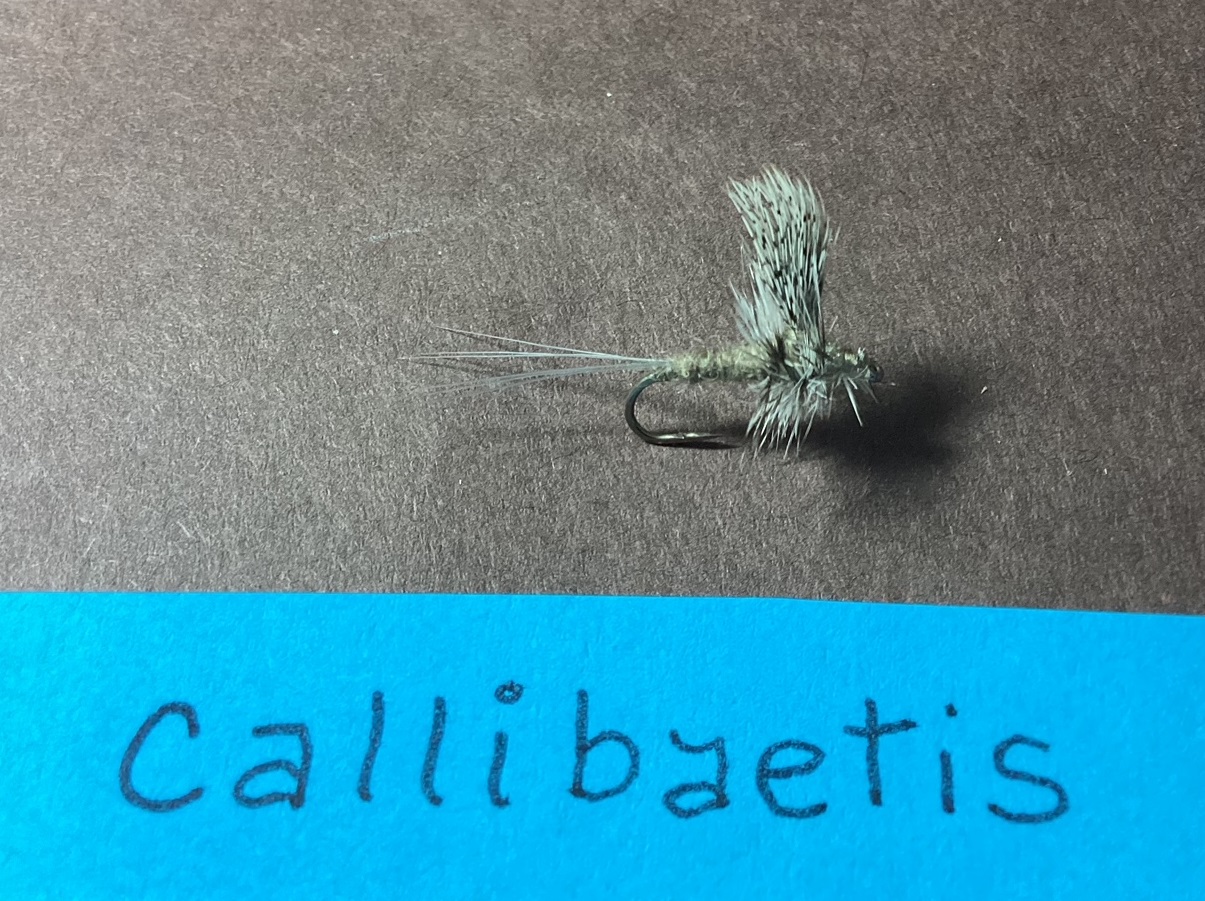
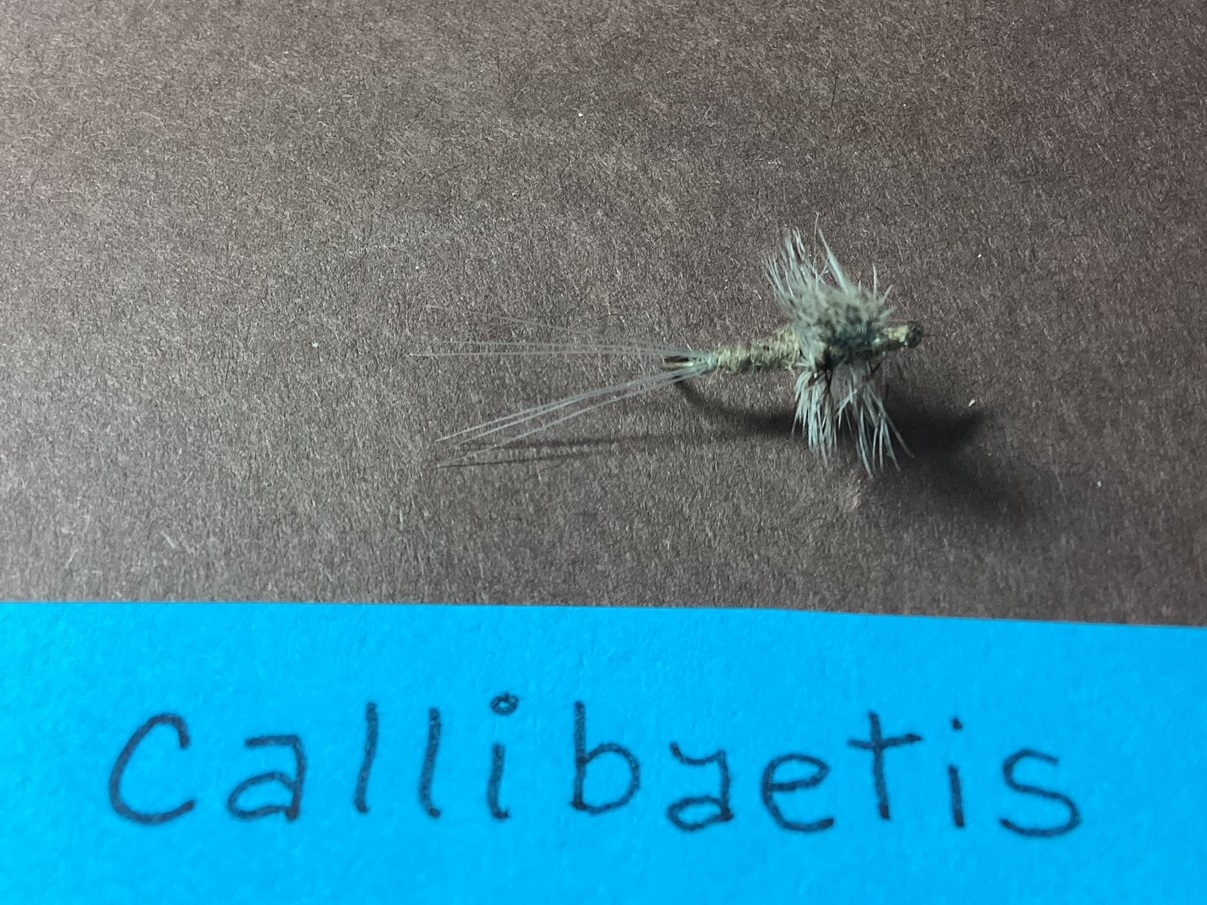

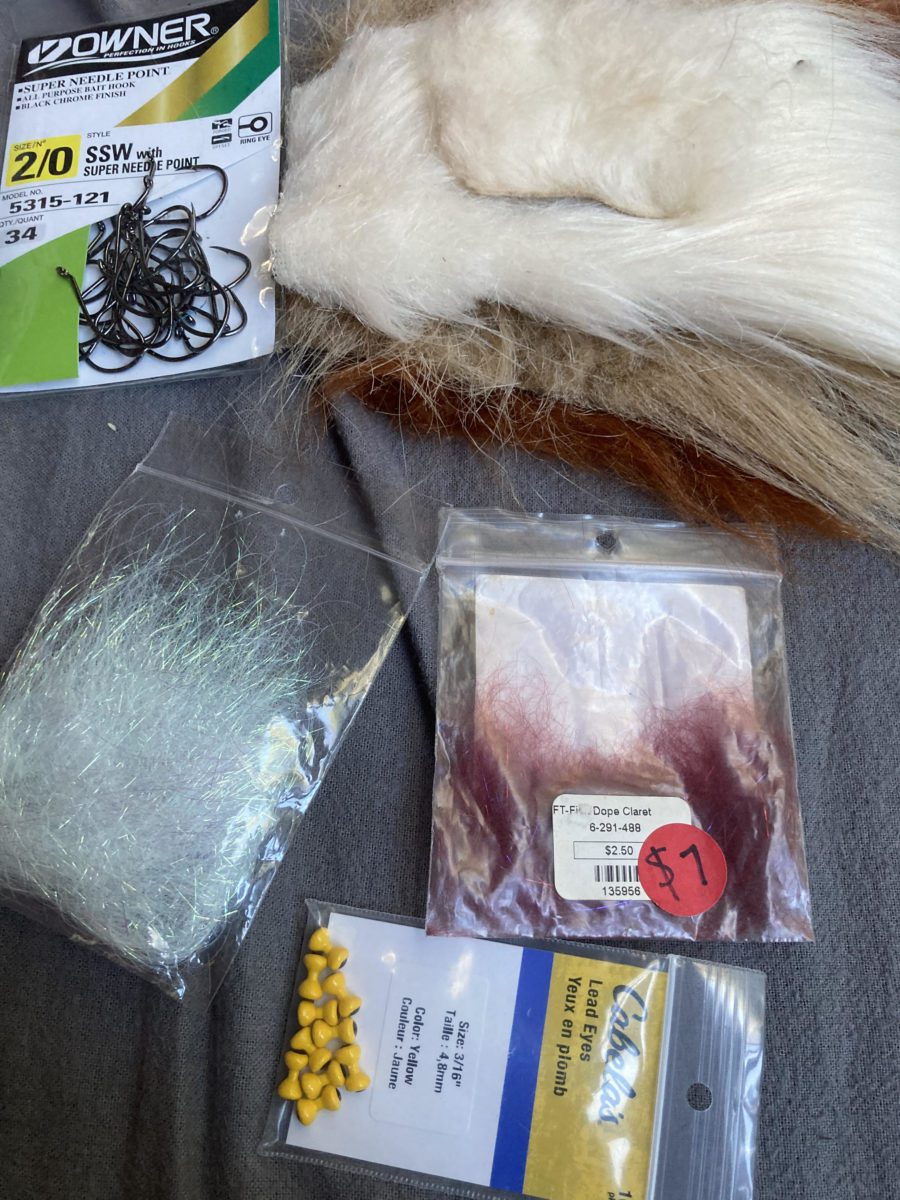
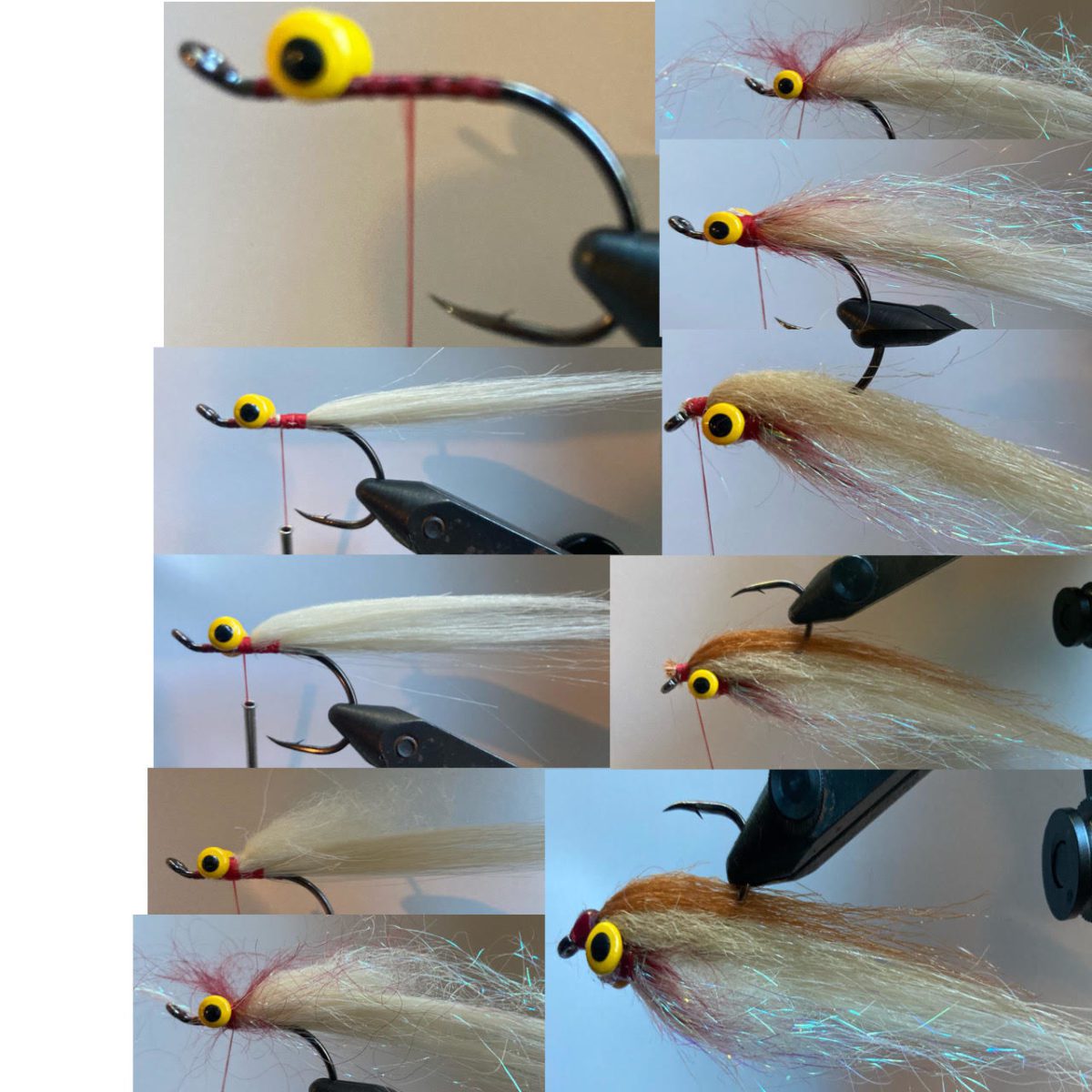
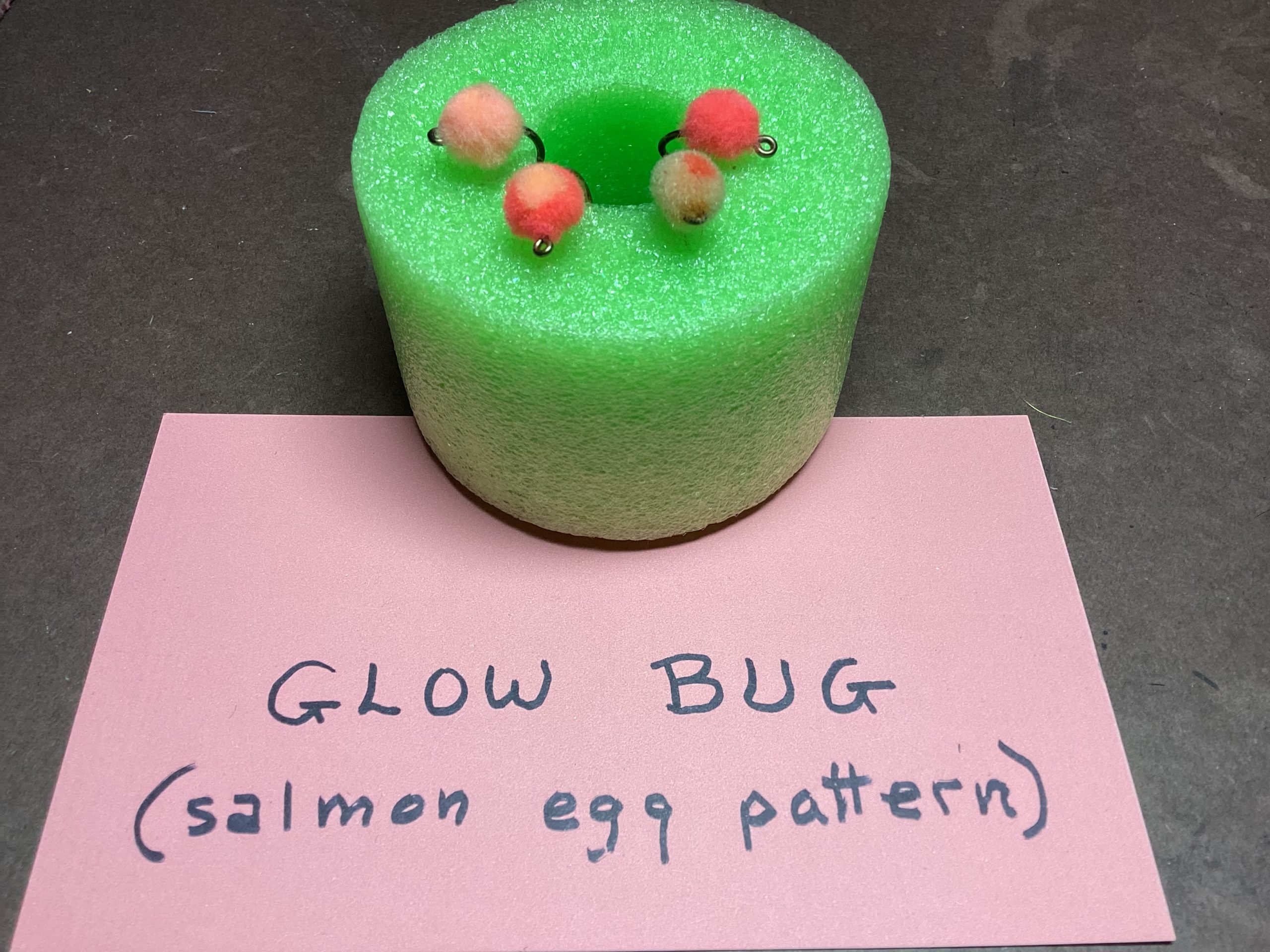
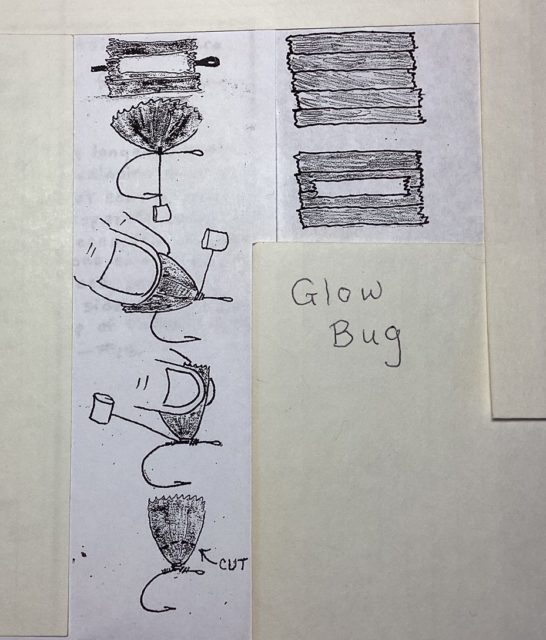
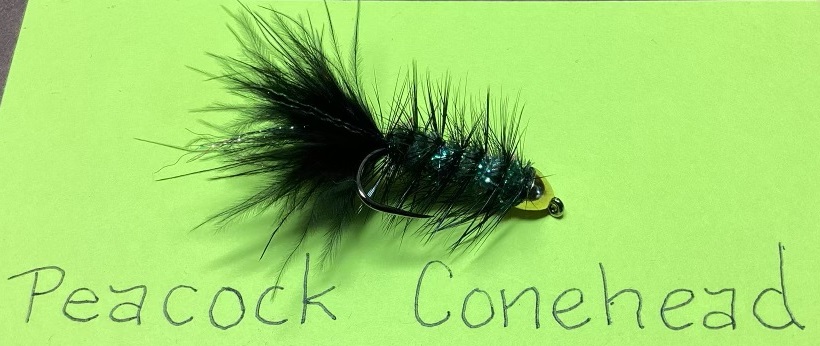
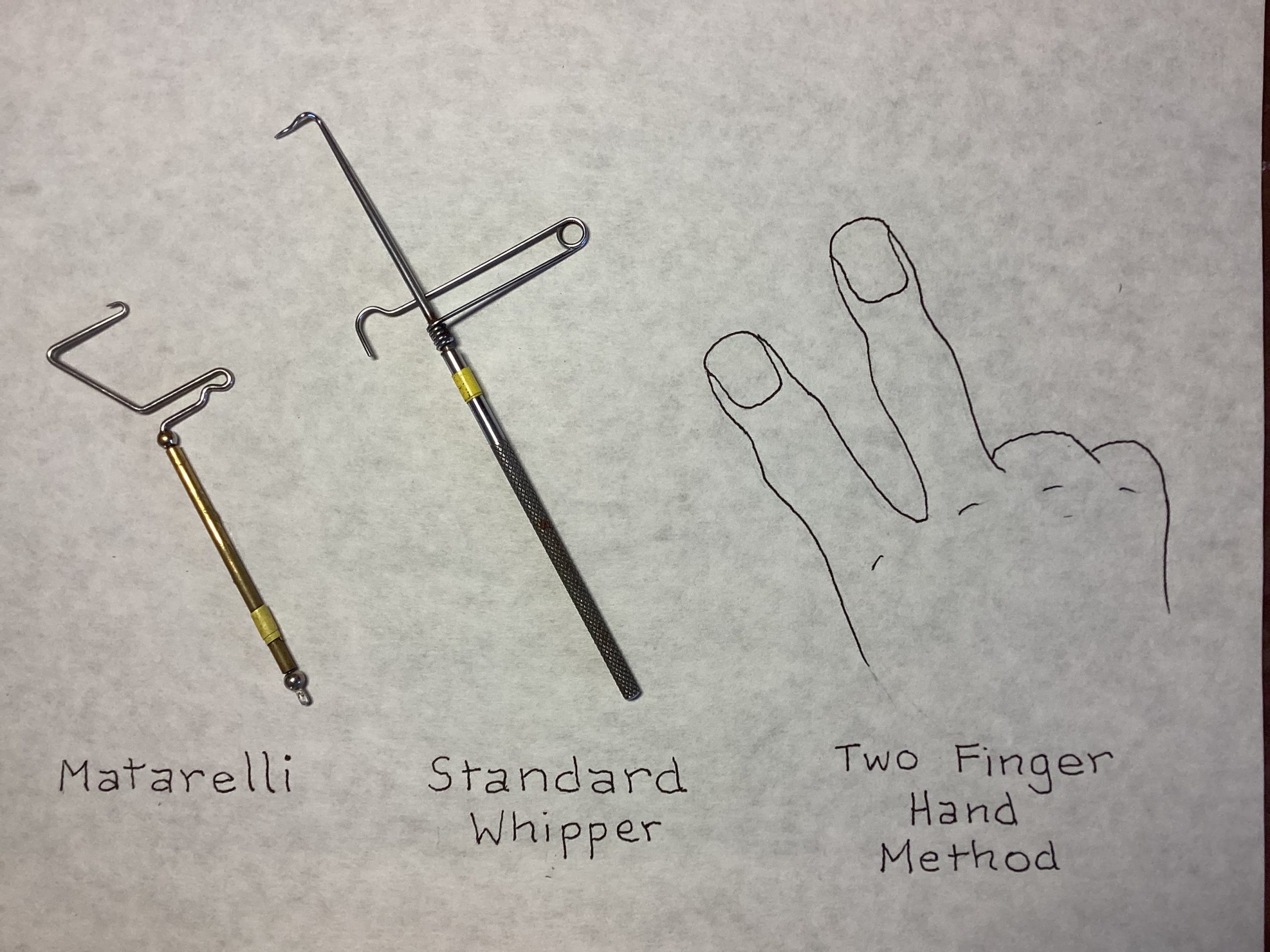
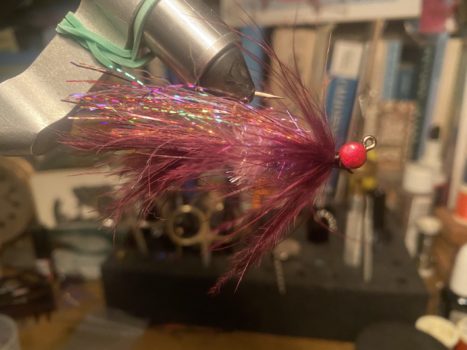
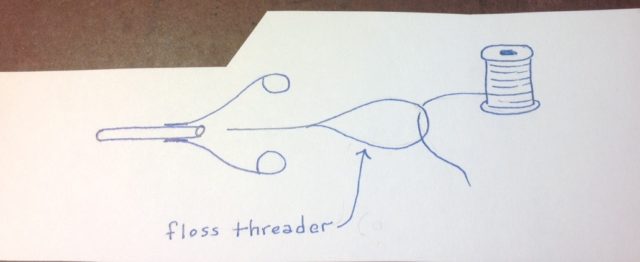 1. There are various methods to thread a bodkin. My favorite is using a ” floss threaded” which is a dental item that is sold in most pharmacies. I advise never using the wire tool that is designed for that purpose. It will score the inside and in turn cause thread to fray and break.
1. There are various methods to thread a bodkin. My favorite is using a ” floss threaded” which is a dental item that is sold in most pharmacies. I advise never using the wire tool that is designed for that purpose. It will score the inside and in turn cause thread to fray and break.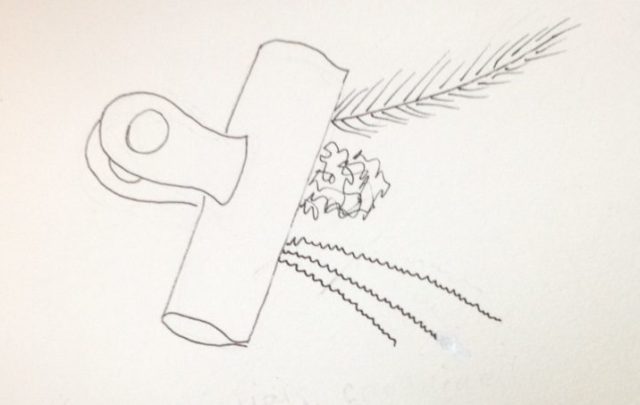 2. While trying to tie a particular fly, it helps to prevent materials from being lost in the clutter or blow away in the wind you using a clip or cloths pin. For your hooks, glue a magnet to the base of your vise.
2. While trying to tie a particular fly, it helps to prevent materials from being lost in the clutter or blow away in the wind you using a clip or cloths pin. For your hooks, glue a magnet to the base of your vise.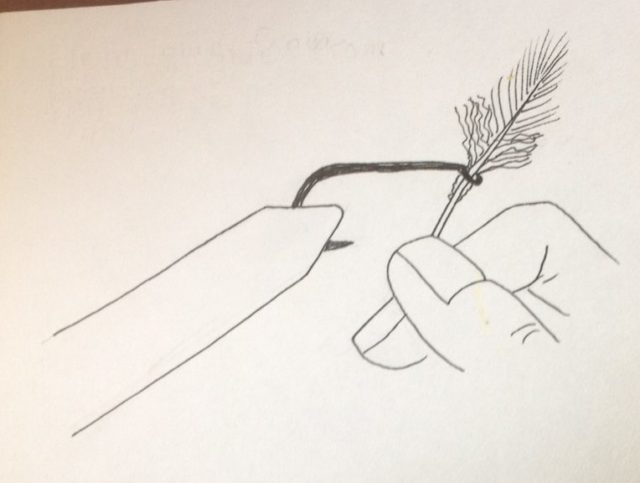 3. Bodkins usually get freshly applied glue out of the hook eye but a feather is really effective.
3. Bodkins usually get freshly applied glue out of the hook eye but a feather is really effective.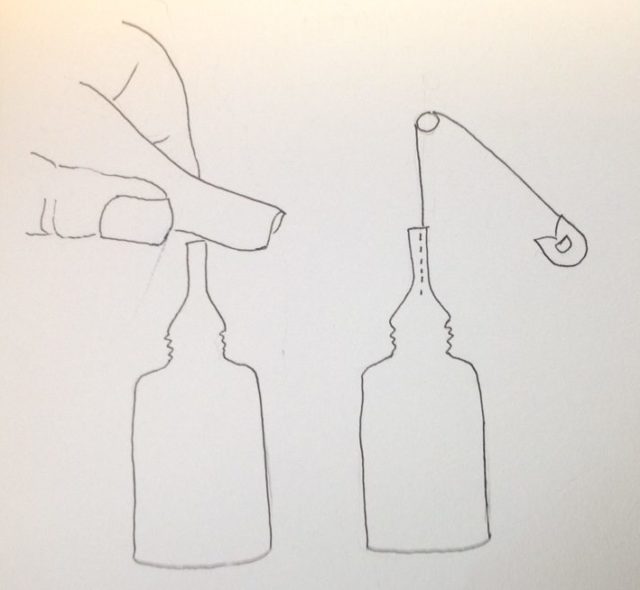 4. Frustrated with the hole in your glue bottle being glued shut? Try this, after each use quickly wipe with a cloth, re-establish hole with a safety pin or bodkin, then cap right away. If that doesn’t work try a flame heated pin. Also cutting off the tip will often get below the hardened glue.
4. Frustrated with the hole in your glue bottle being glued shut? Try this, after each use quickly wipe with a cloth, re-establish hole with a safety pin or bodkin, then cap right away. If that doesn’t work try a flame heated pin. Also cutting off the tip will often get below the hardened glue.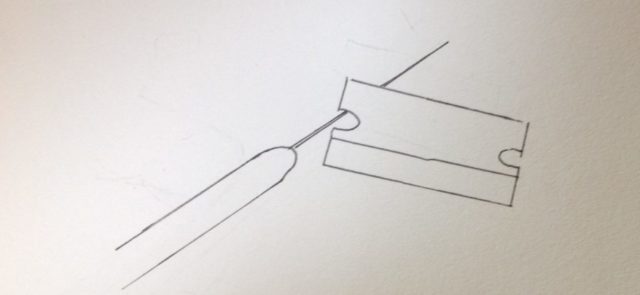 5. Hardened glue on bodkin or safety pin can easily be scraped off with a razor blade.
5. Hardened glue on bodkin or safety pin can easily be scraped off with a razor blade.